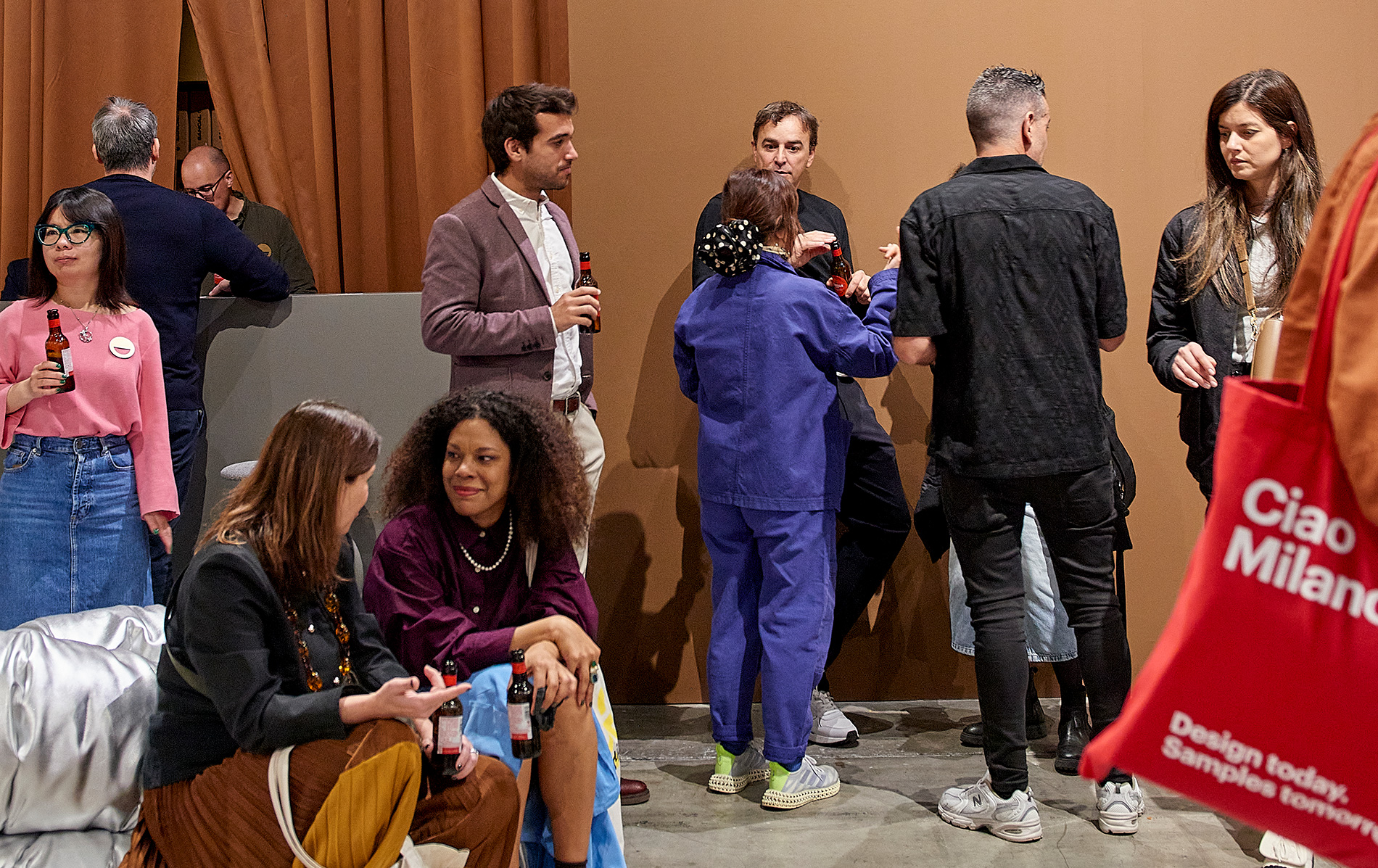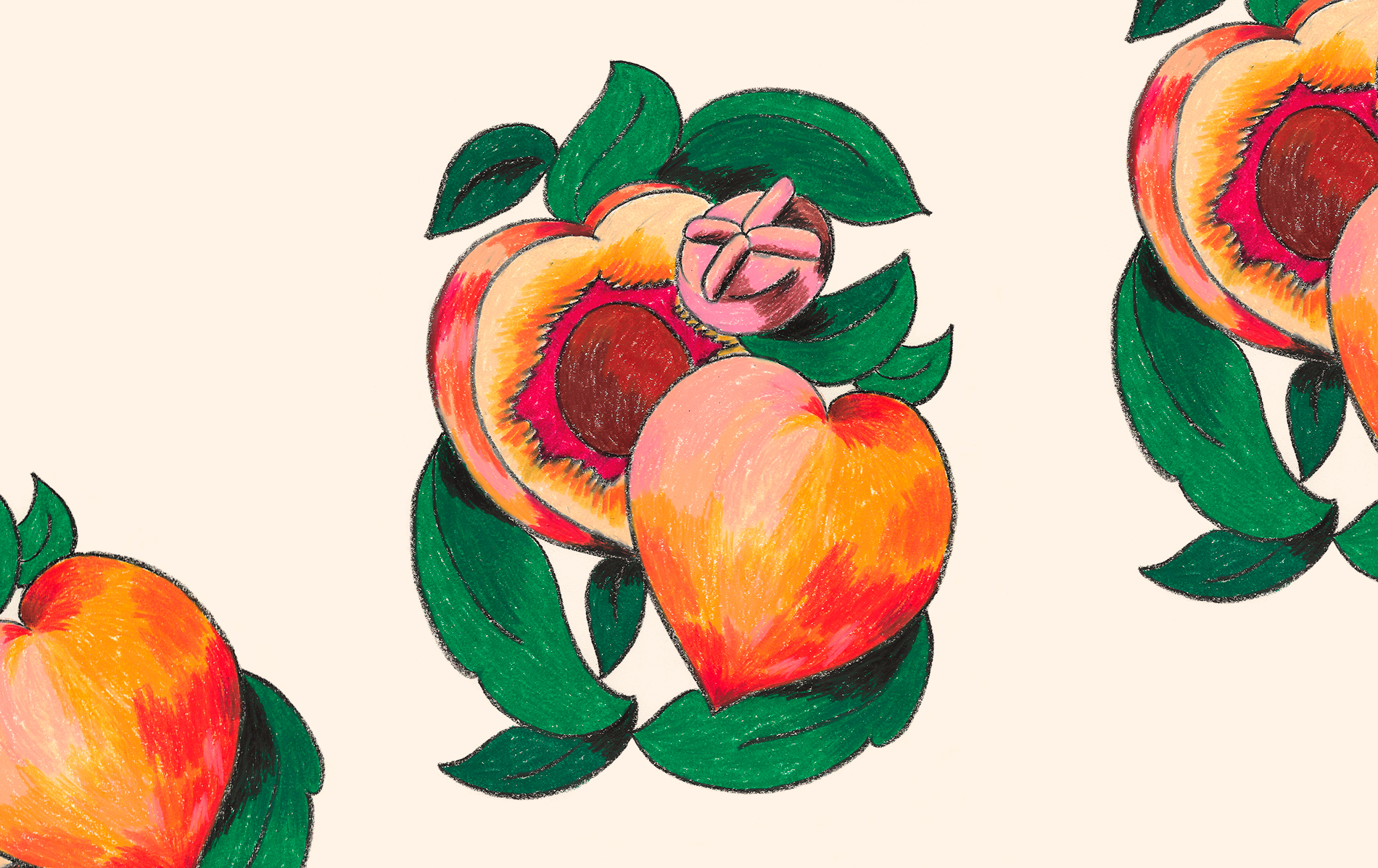What if we could provoke an emotion, a critical thought through something spontaneous—when placed outside its usual context? What if we learned to look with new eyes, free of prejudice? Isn’t there something poetic in the everyday? In those objects that usually go unnoticed?
These are the kinds of questions that emerged during the Castaño-López sisters’ regular visits to the factory and ultimately shaped what we now call WorkArt, the concept behind Estudio Sancal’s scenography for the Milan fair. An invitation to see with fresh eyes. To discover beauty in the spontaneous.
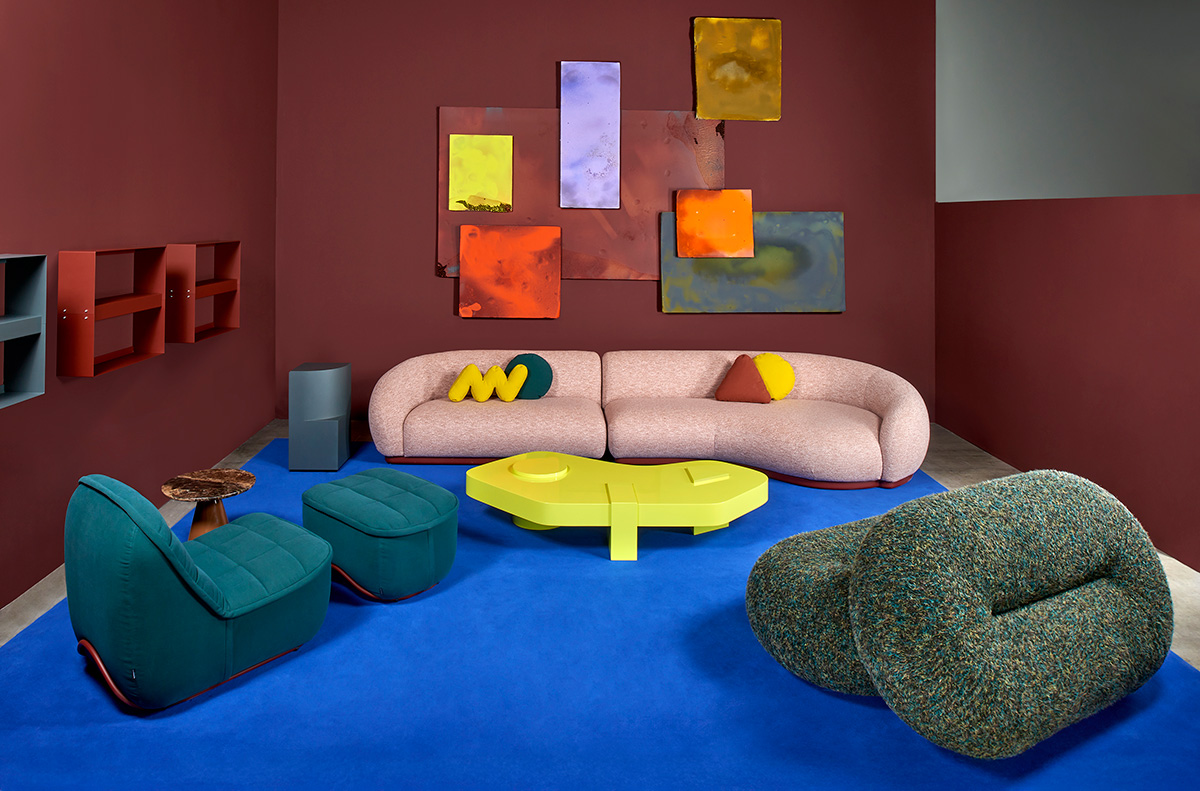
This perspective elevates the accidental to the level of art, bringing a sense of aesthetic awareness to objects born without it. Curation, after all, means seeing beyond and creating coherence among items that have a story to tell—especially when removed from their usual setting. Suddenly, they gain an expressive, almost poetic, quality.
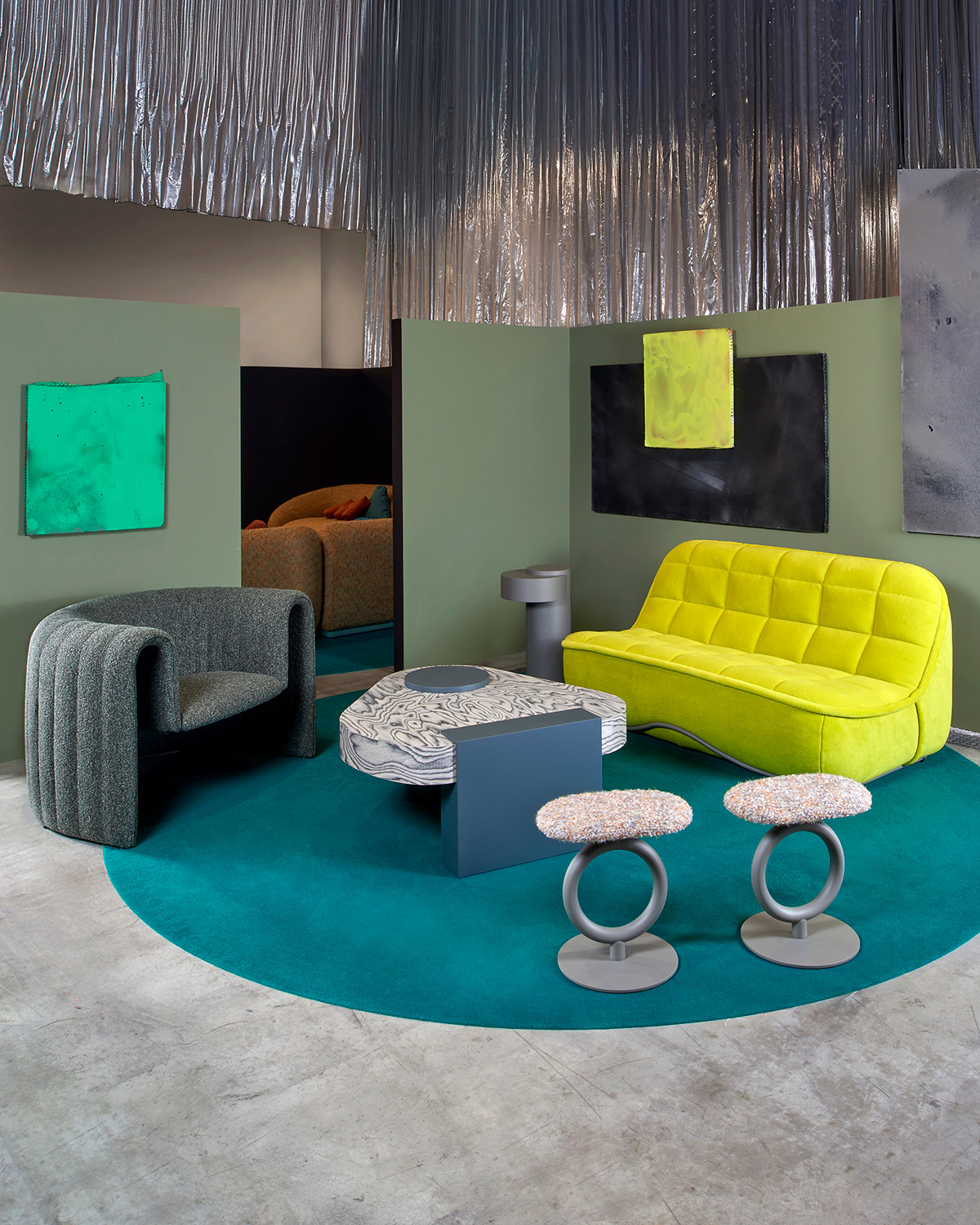
Visitors were just as surprised to discover the origin of the pieces as our factory colleagues were to see their work tools reimagined in an entirely new context.
The WorkArt installation left no one indifferent. Some visitors were captivated by the wall-mounted compositions, asking who the artist behind those colourful abstract pieces was. Many others appreciated the sculptural qualities of the lacquering tools.
But of course, the real stars were our furniture pieces.
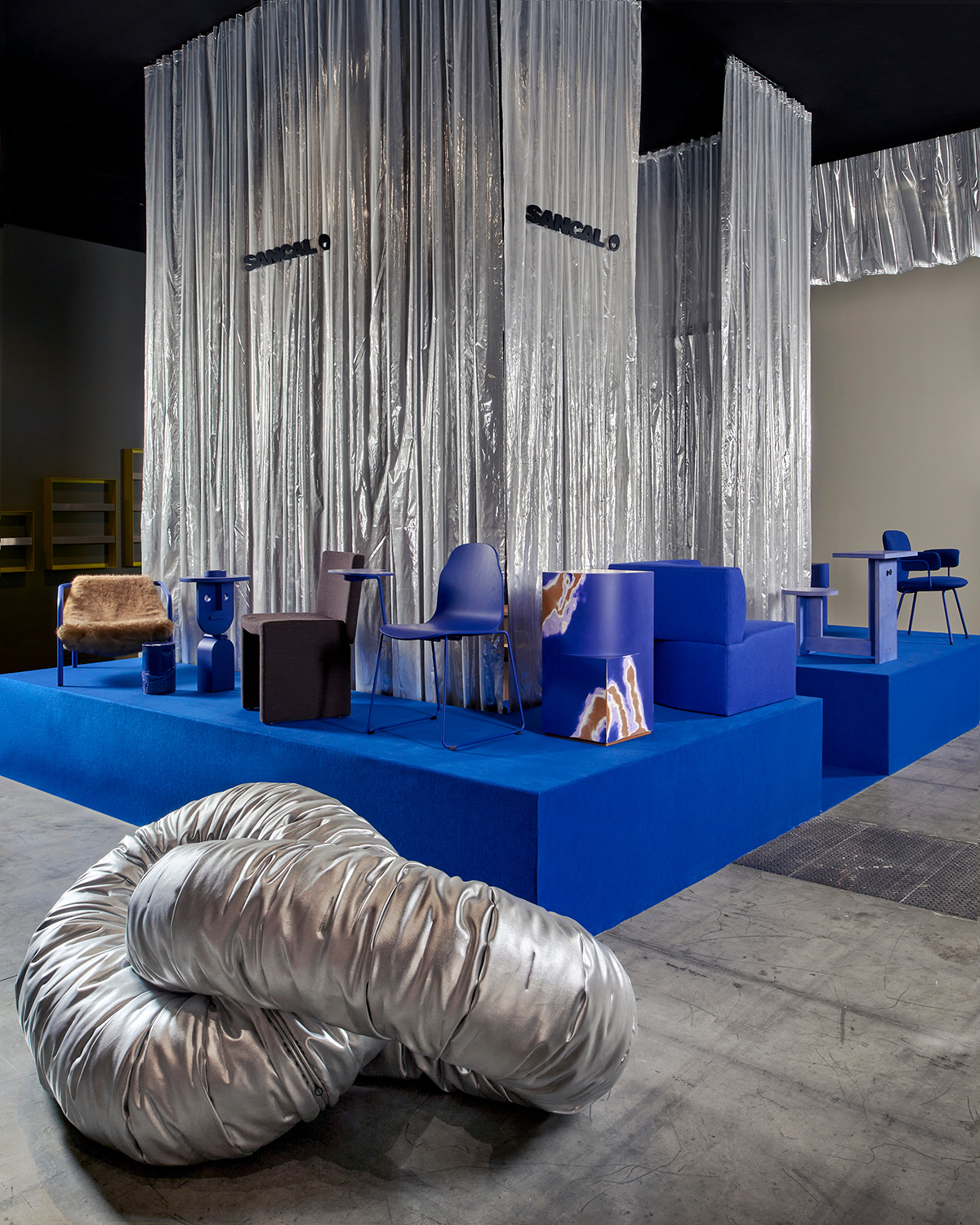
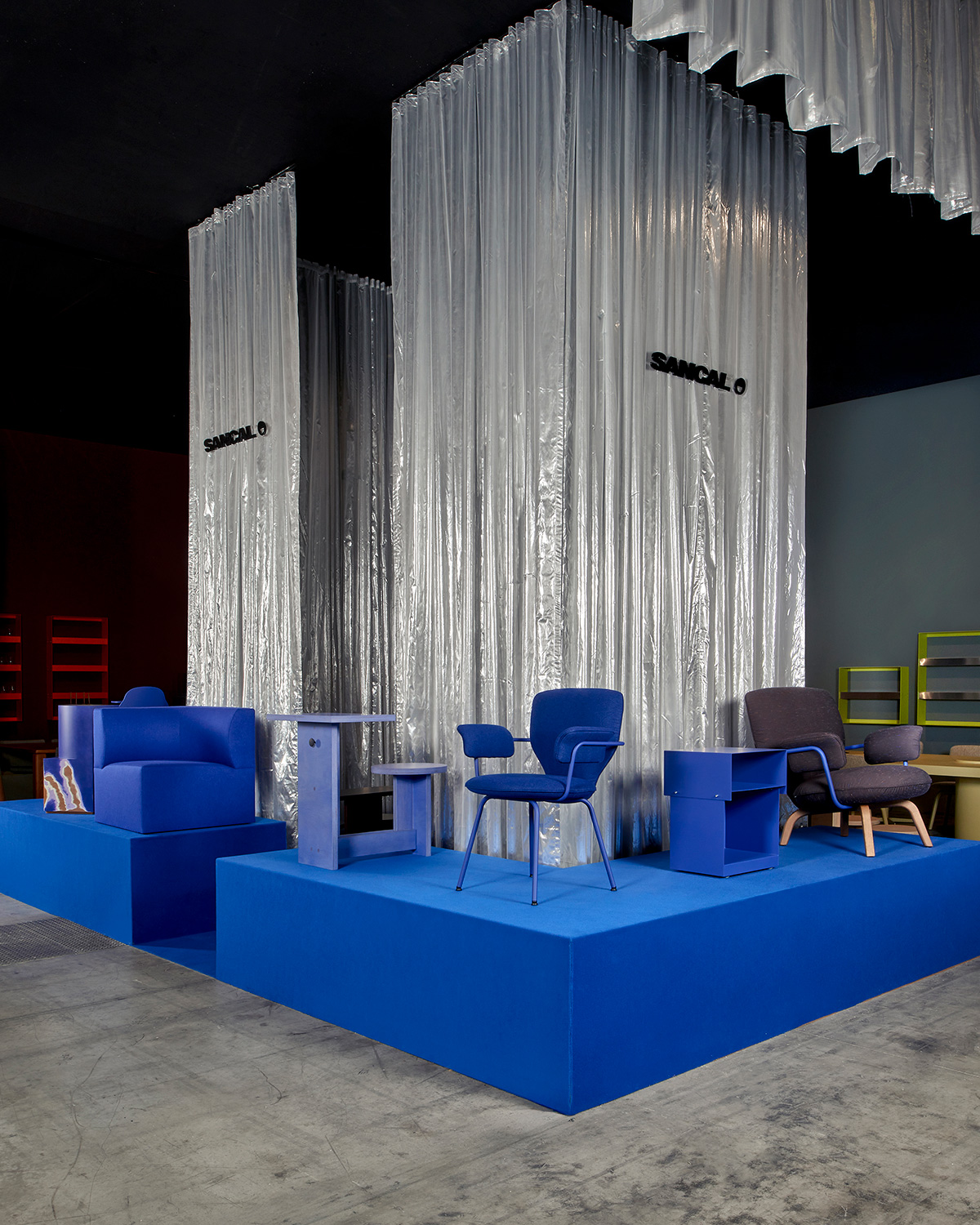
The Vesta sofa by Studiopepe was undoubtedly one of the most photographed pieces at the fair. With its generous proportions, enveloping comfort, and sophisticated look, it was love at first sight… and without a doubt, first sit. Its balanced, elegant design flows naturally into any space. Every detail, from the wraparound silhouette and the plinth that outlines its shape to the subtle proportions, speaks of a design made to seduce without shouting.
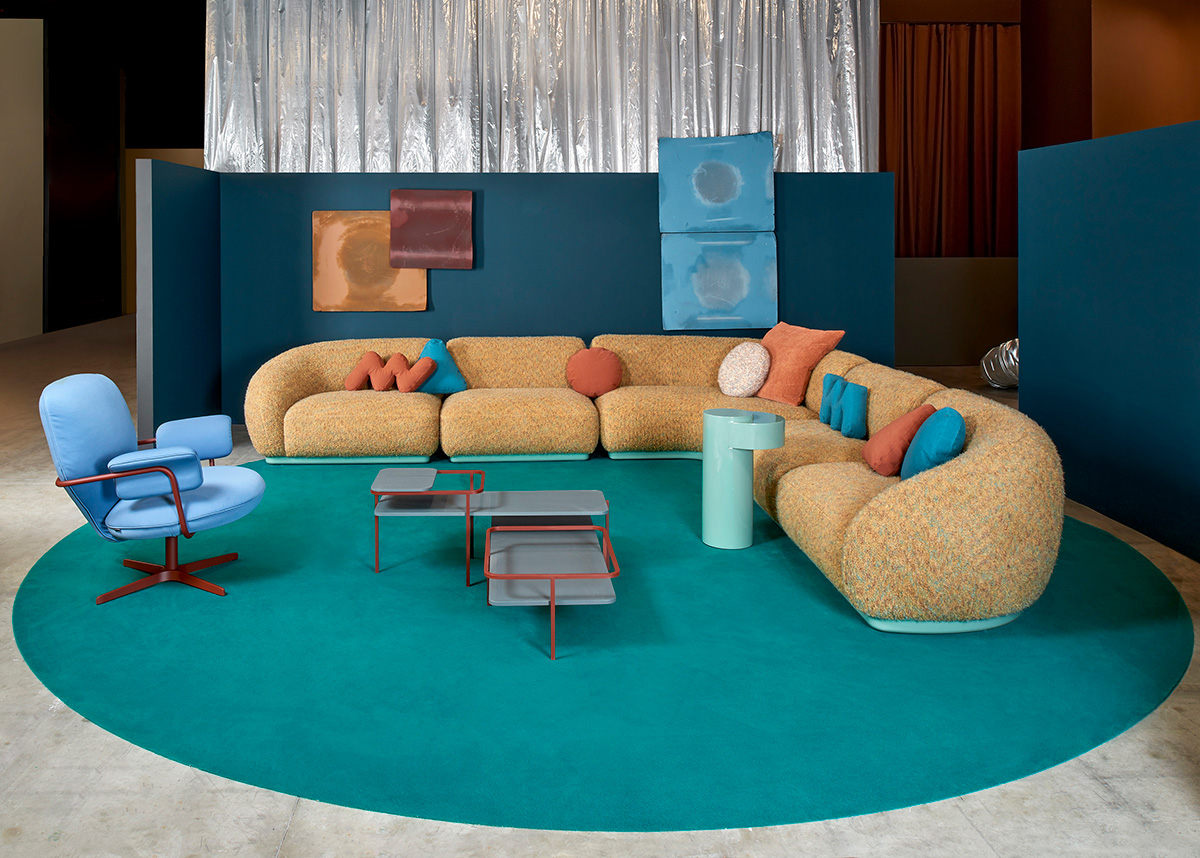
For many, Suricata by Inma Bermúdez Studio was a delightful discovery. This petite desk proves that size doesn’t matter when the design is spot-on. Minimal, compact, and versatile, it works everywhere: from classrooms to creative spaces, to stylish home corners, cafés, or canteens. Perfect for standalone use or as part of larger compositions.
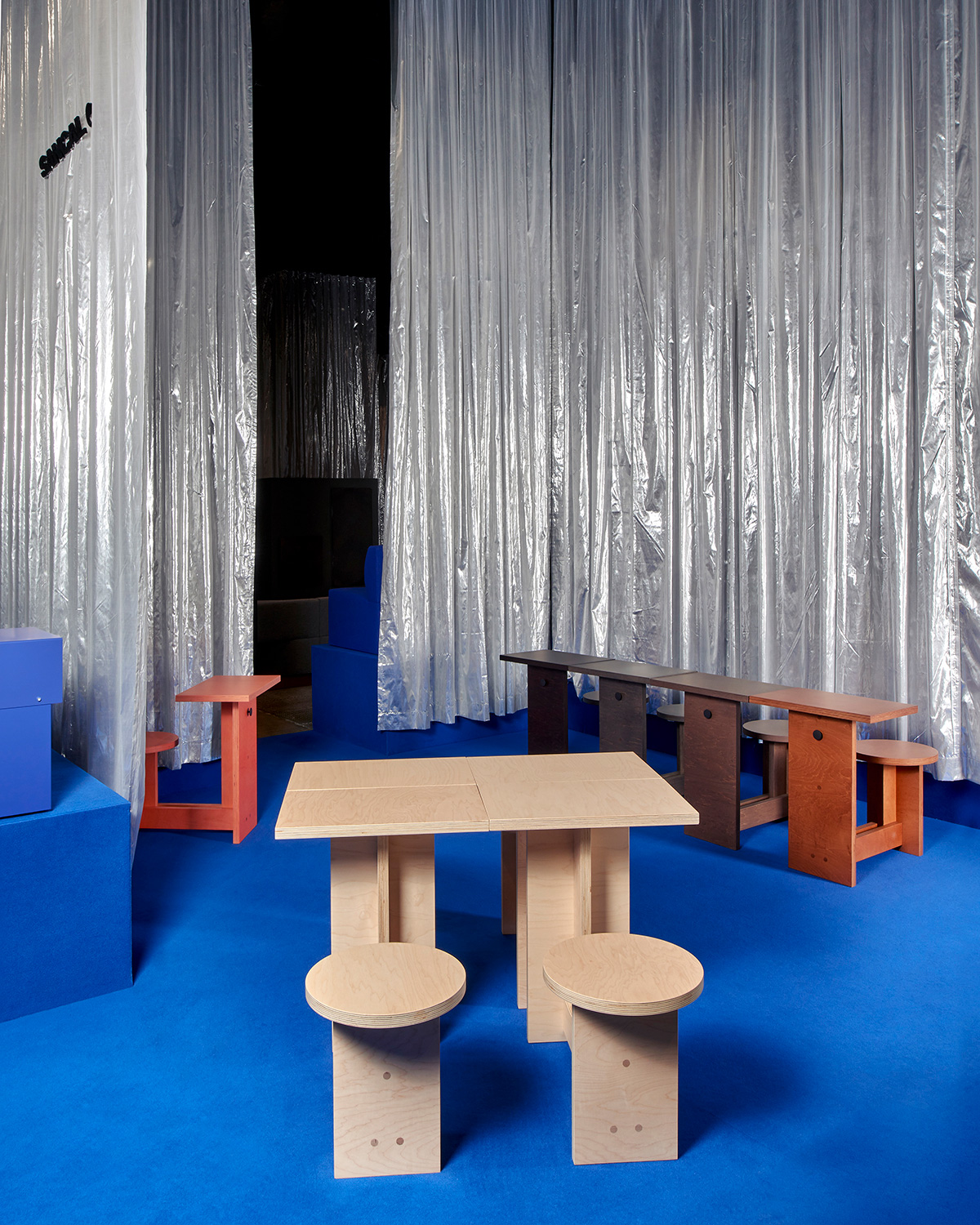
Planta by Yonoh, on the other hand, brought a breath of fresh air with its signature silhouette inspired by tropical vegetation. These compact yet generously seated armchairs and chairs offer infinite layout possibilities. Customisable legs, lacquers, and upholstery turn this family into a true creative playground.
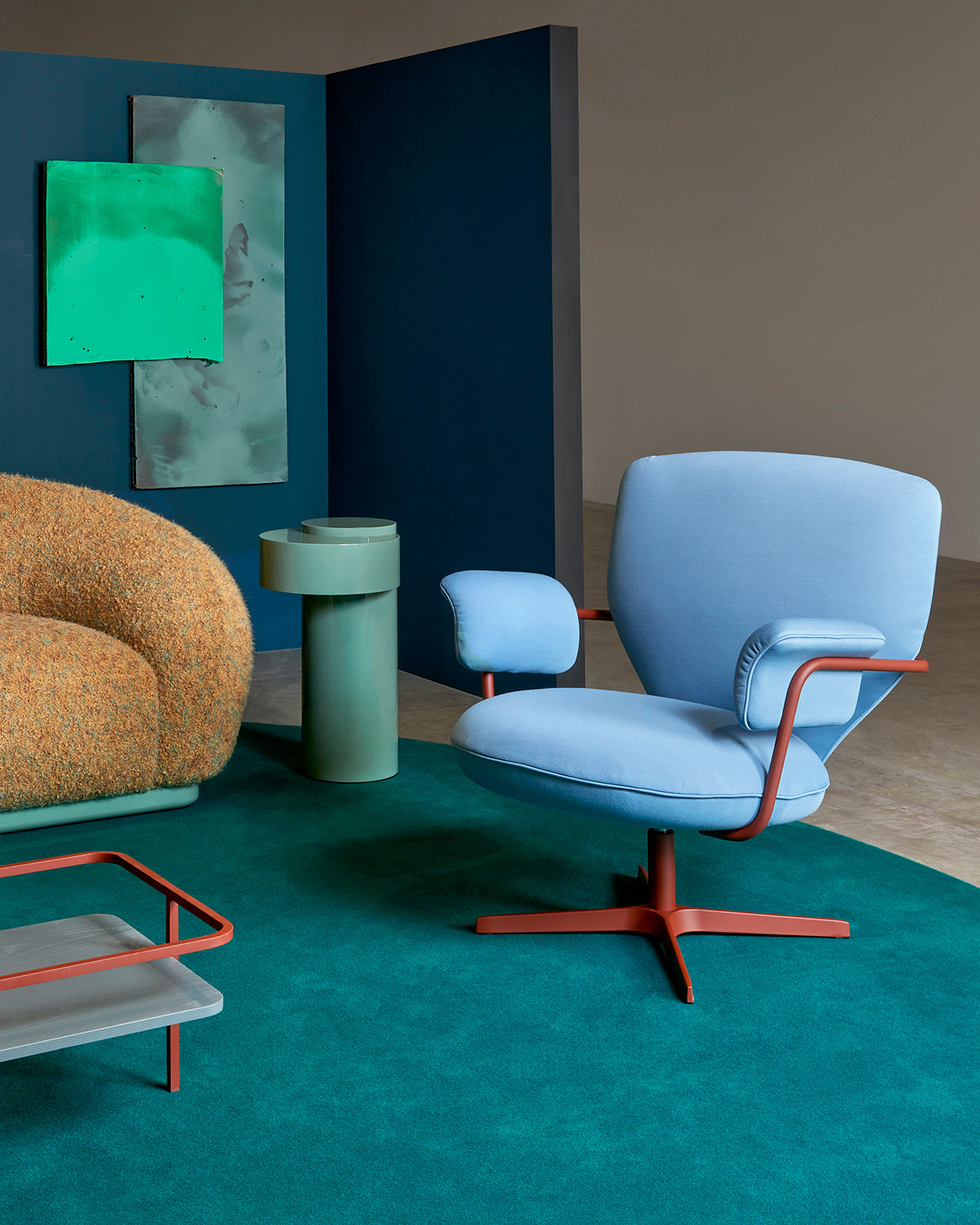
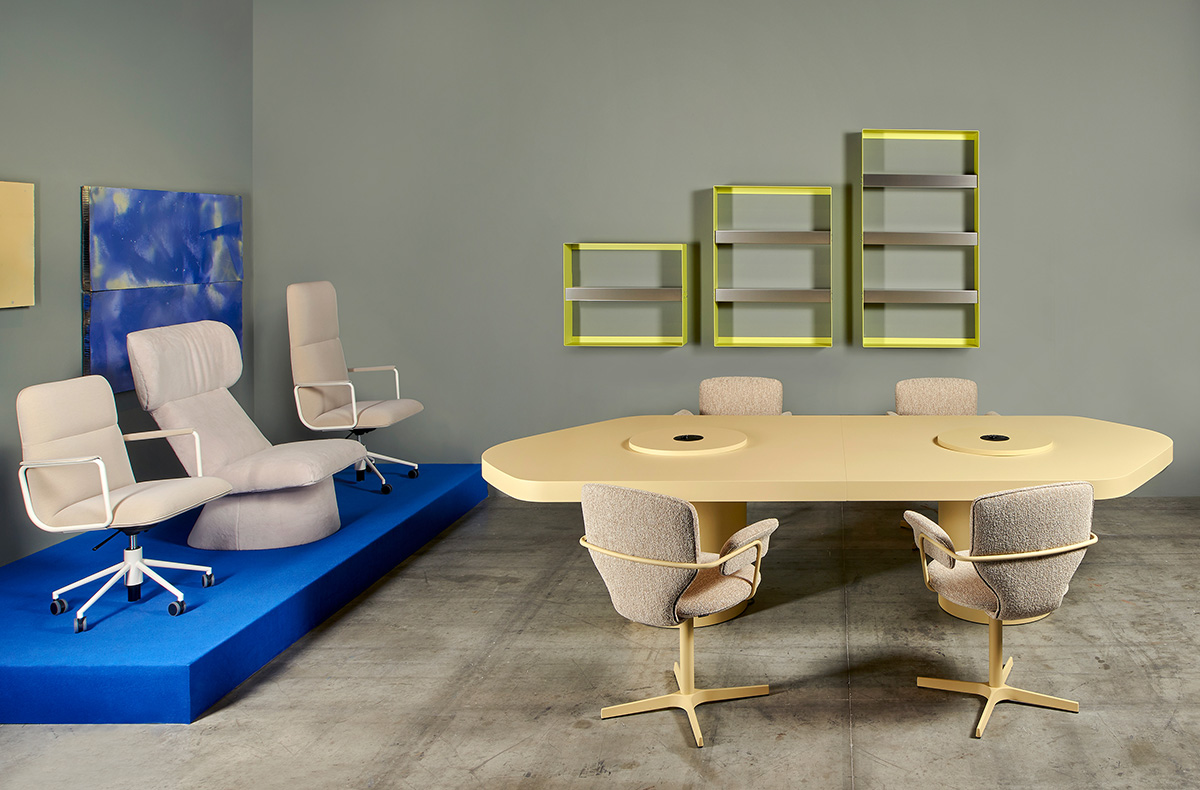
The Cita family by Note (design studio) is growing and doing it in style. New dining tables invite people to gather around (hence its name Cita), alongside a brutalist-inspired chair that’s as comfortable as it is practical, thanks to its small wheels that make it easy to move around. Clever dividers allow for diner-style booth seating, placing backrests back-to-back to define spaces.
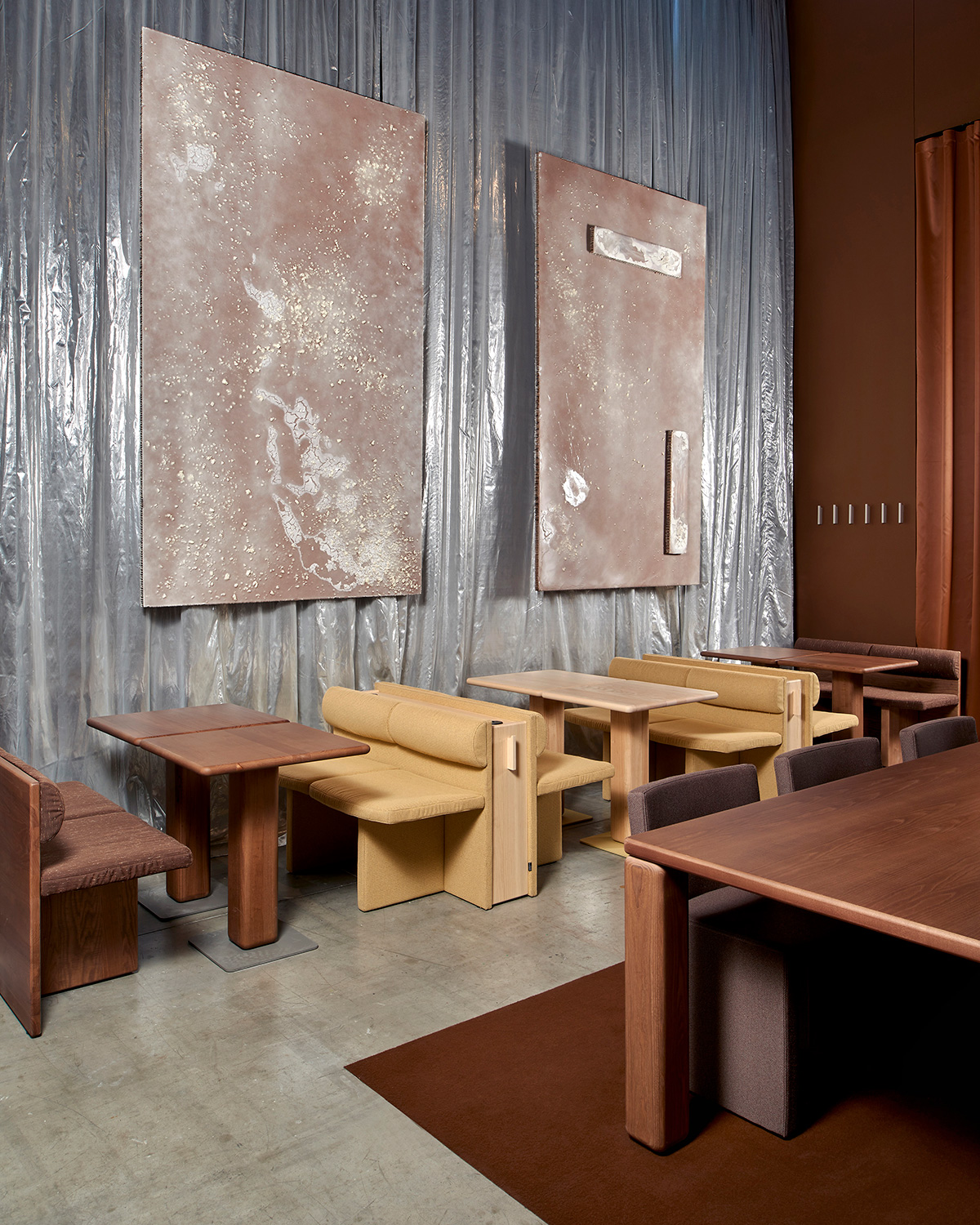
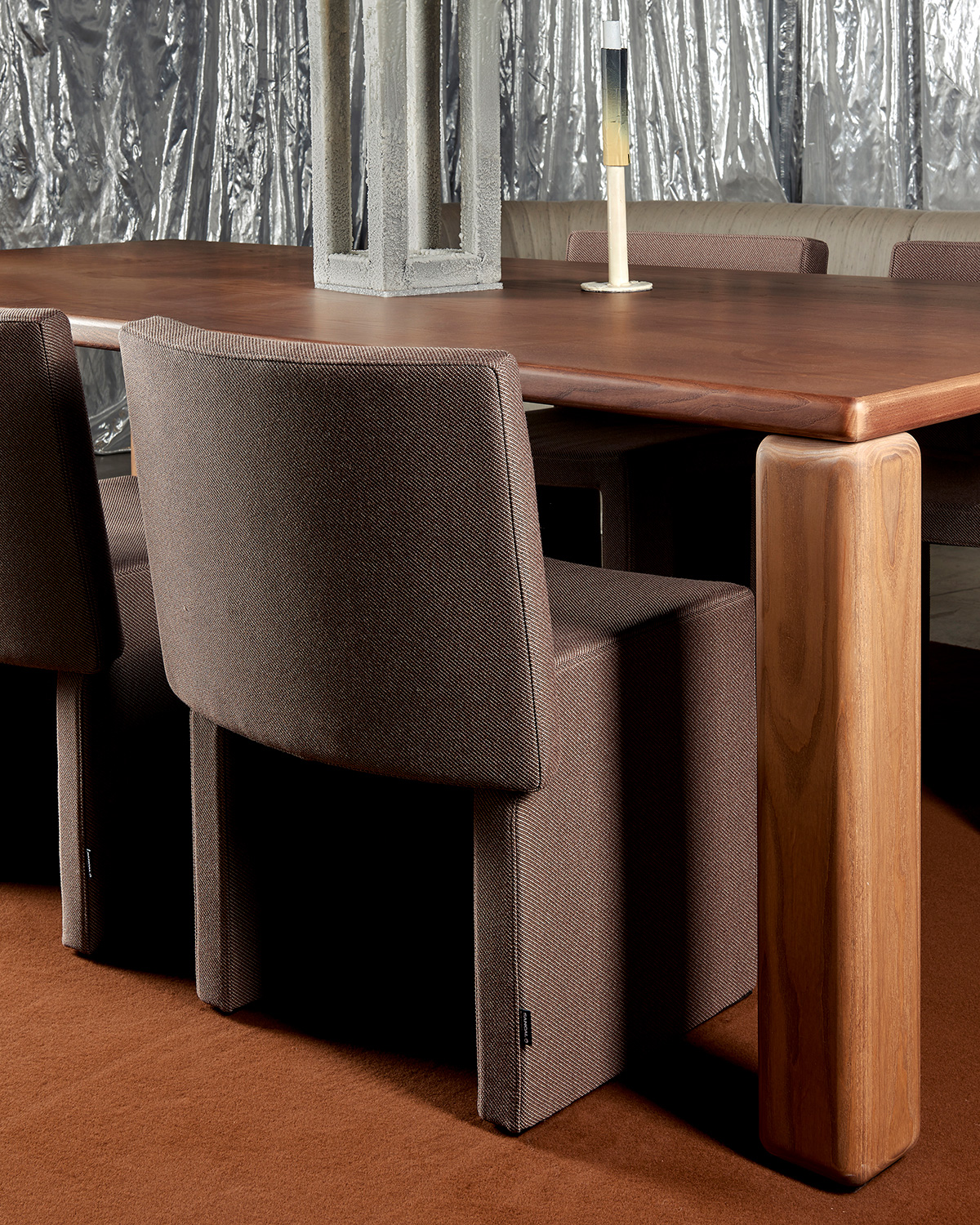
And then there’s Seta shelves by Gecekeler Michels. As simple as it is versatile. Just as at home in a living room as in a retail space. Sometimes, the quietest pieces have the most to say.
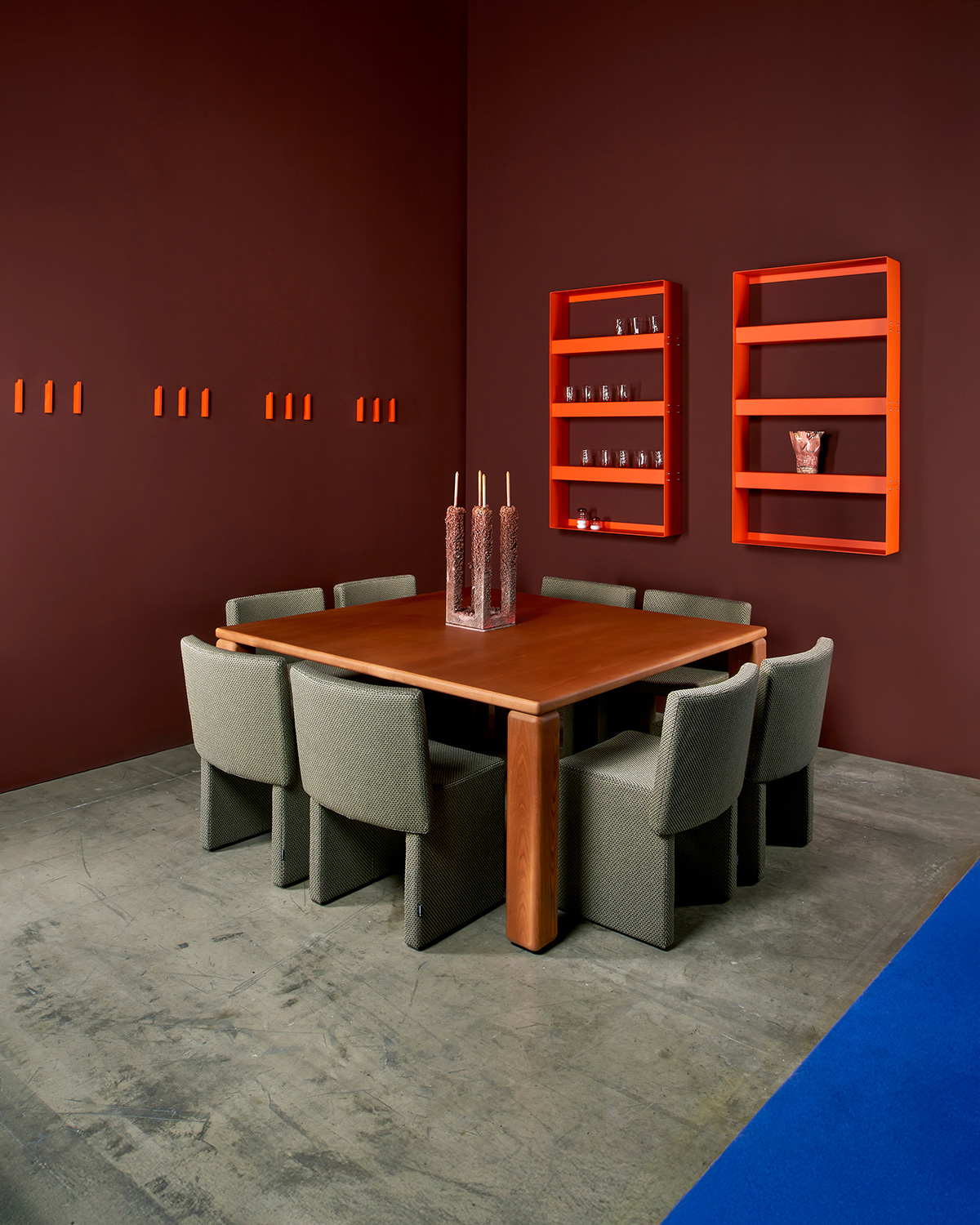
Canto by Mut expands its modularity with the addition of a straight module, allowing for longer linear and angular compositions, ideal for projects with greater spatial demands.
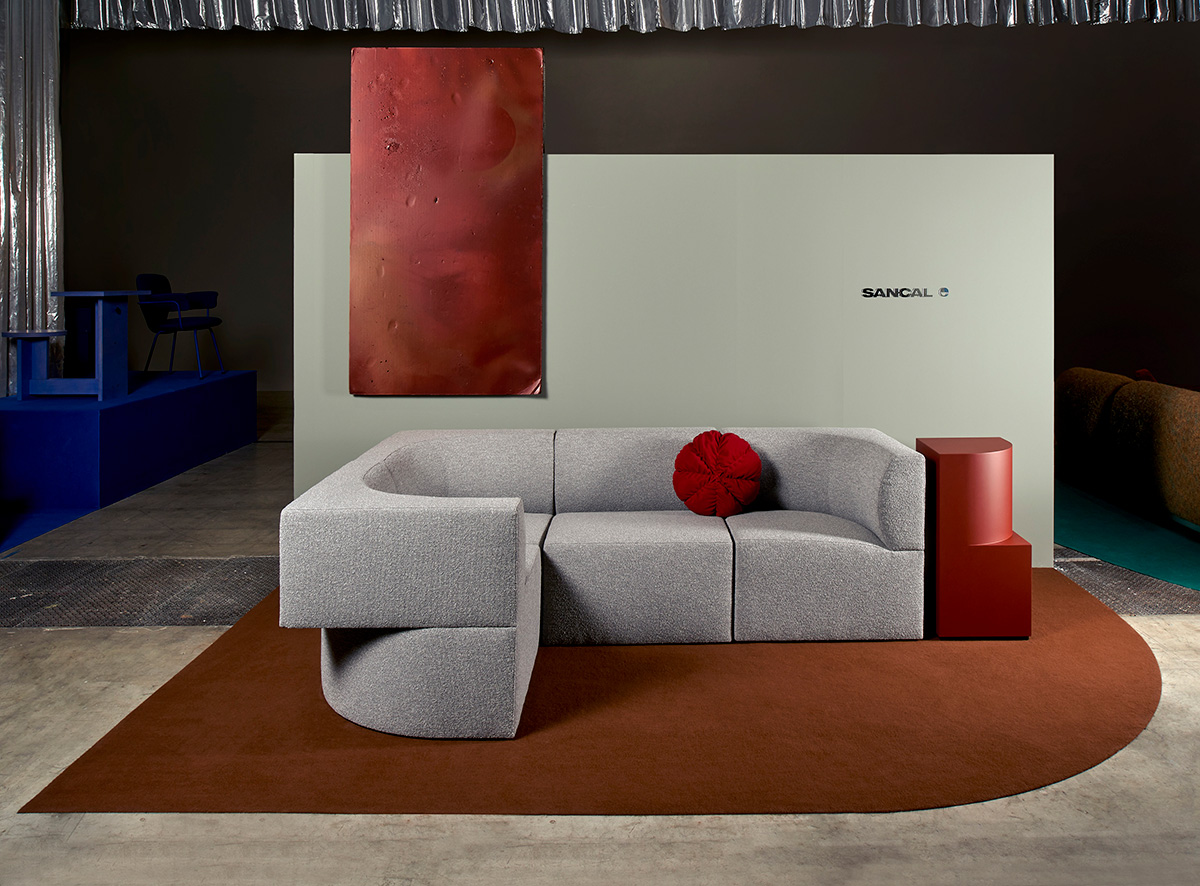
Core, also by Note, continues to transform spaces with its rotund presence. Its bold silhouette, inspired by classical forms yet reinterpreted with a contemporary approach, stands out in any setting. Now, with new 4, 6, and 7-seater versions, reaching up to 5 metres in length.
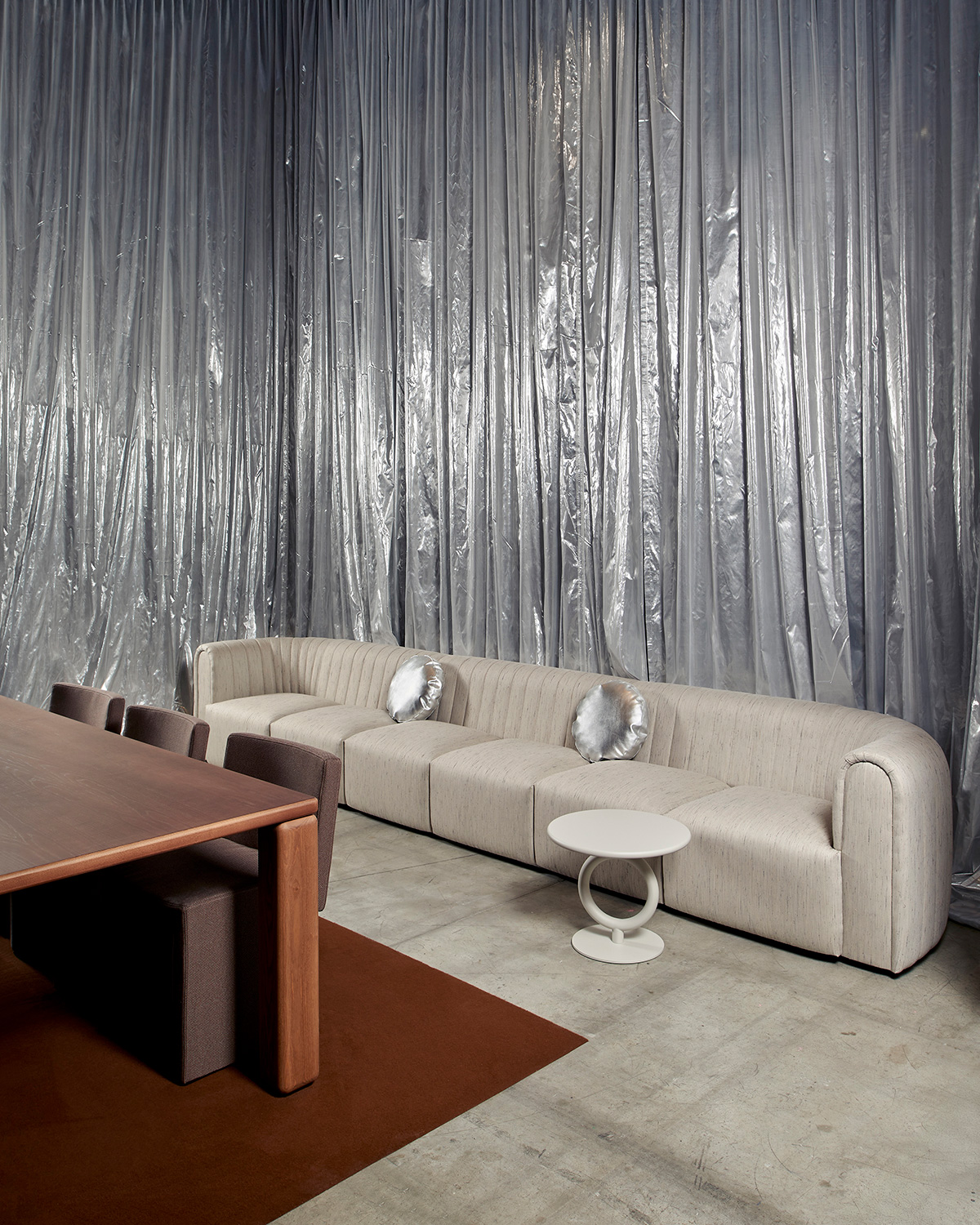
We return with big smiles, inspiring conversations, and that magical feeling of having connected with people who also believe that design can move, provoke, and inspire.
Thanks to all who came to see us at Salone!
Images by Maria Teresa Furnari (@mariateresafurnari).
WorkArt playlist by Eduardo Piqueras.


